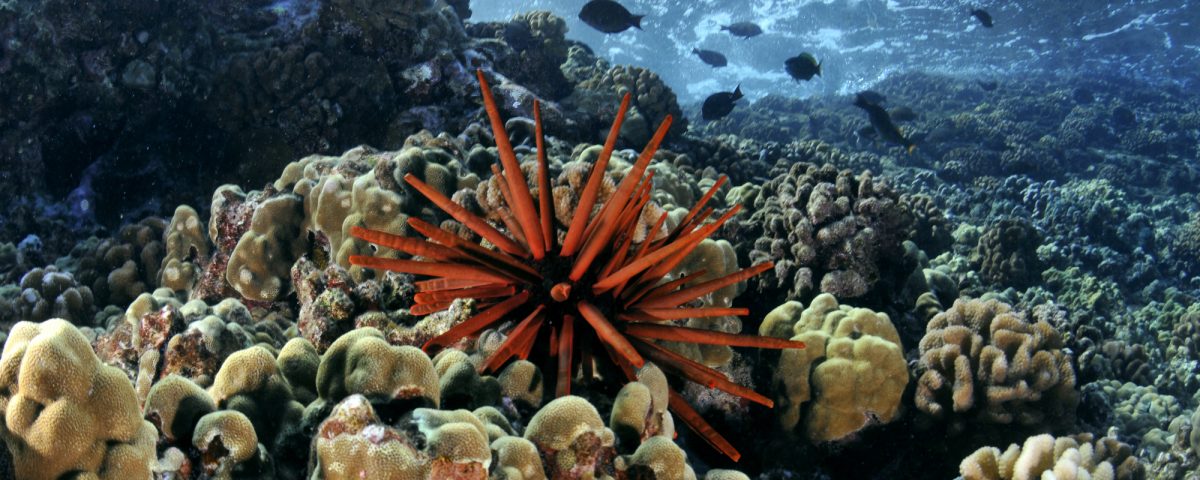Breakthrough Study Shows Coral Reefs Will Transform but Can Persist, if Carbon Is Curbed
 BREAKTHROUGH STUDY SHOWS CORAL REEFS WILL TRANSFORM BUT CAN PERSIST, IF CARBON IS CURBED
BREAKTHROUGH STUDY SHOWS CORAL REEFS WILL TRANSFORM BUT CAN PERSIST, IF CARBON IS CURBED
BY MARIA FROSTIC
KANEOHE, HI (NOV 1, 2024)- In a breakthrough study published this week in
Proceedings of the National Academy of Sciences, researchers at Hawaiʻi Institute of Marine Biology (HIMB) have shown that, contrary to most projections, coral reefs are not inevitably doomed, but have the potential to persist and adapt over time, if carbon emissions are curbed and local stressors are addressed. This work was conducted by the Toonen-Bowen “ToBo” Lab, with partners at the University of Hawai‘i at Mānoa and the Ohio State University.
In an island-based laboratory adjacent to the coral reefs they study, HIMB researchers created 40 experimental systems known as “mesocosms, ” which mimic the diversity and environment of a coral reef in the wild. The mesocosms included eight of the most common Hawaiian coral species, reef sand, rubble, and a menagerie of creatures which helped represent one of the most diverse ecosystems on the planet. For two years, the team exposed the mesocosms to different scenarios of higher temperature, higher acidity, or a combination of both ocean stressors to see how the reef communities would react to future climate scenarios.
“We included the eight most common coral species in Hawai‘i, which constitute about 95% of the coral cover on Hawaiian reefs, and many of the most common coral types across the Pacific and Indian Oceans,” explains HIMB post-doctoral researcher and lead author of the study, Christopher Jury.
…
“Reefs are not inevitably doomed,” emphasizes Jury. “The recognition that coral reefs are not doomed if we take appropriate action on climate change and local stressors reinforces the need to accomplish these goals. Under potential future ocean warming and acidification, coral reef communities will change substantially, but are unlikely to collapse
if global change is limited to Paris Climate Agreement targets and local stressors are adequately addressed.”
…
And
that is what we call “a very big ‘
if.’”
 BREAKTHROUGH STUDY SHOWS CORAL REEFS WILL TRANSFORM BUT CAN PERSIST, IF CARBON IS CURBED
BREAKTHROUGH STUDY SHOWS CORAL REEFS WILL TRANSFORM BUT CAN PERSIST, IF CARBON IS CURBED